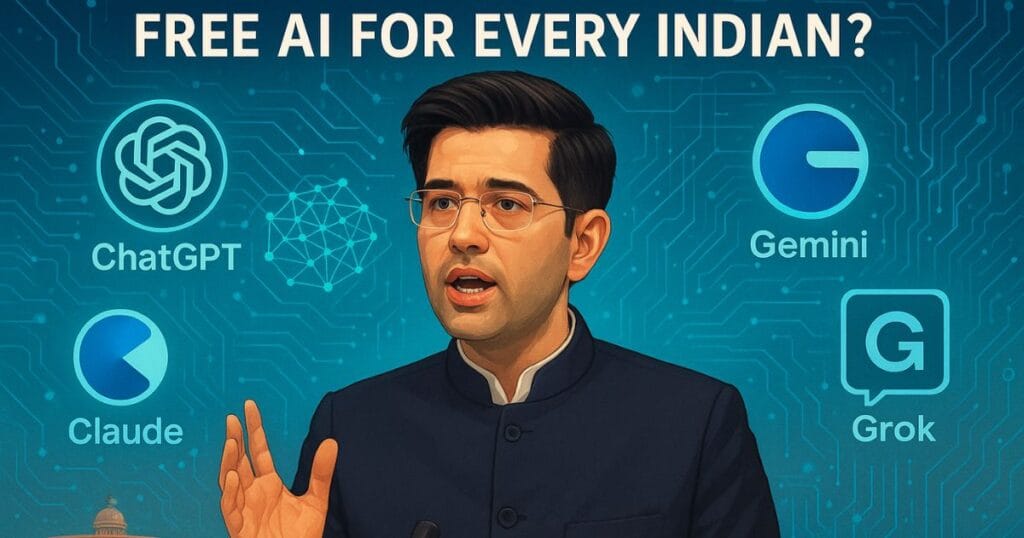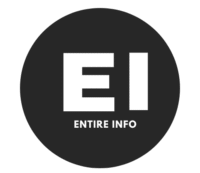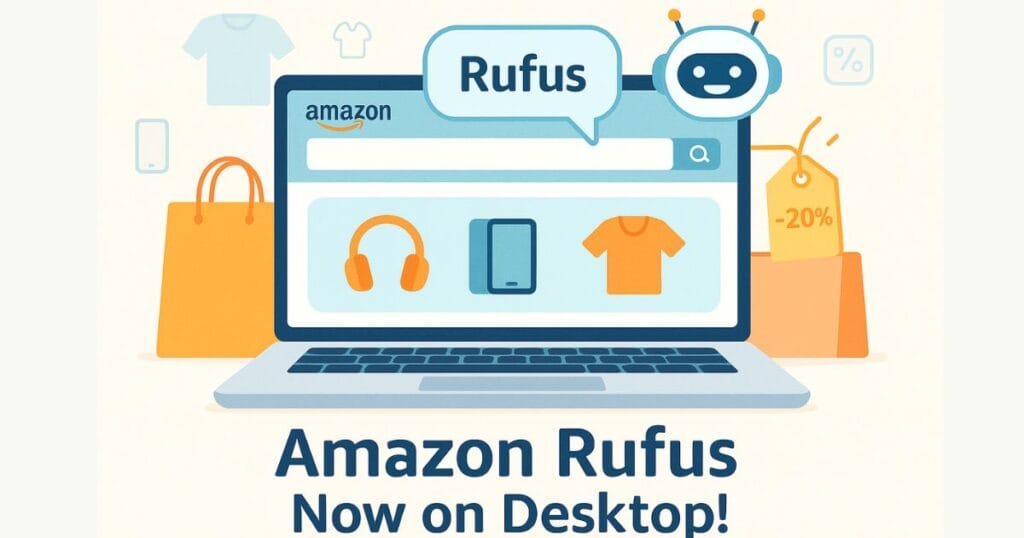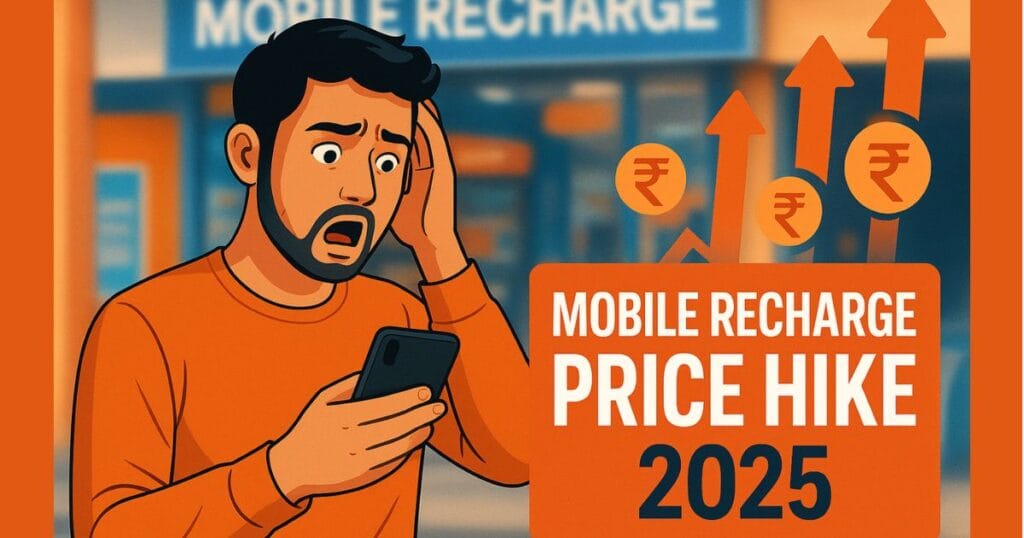On August 20, 2025, Aam Aadmi Party (AAP) MP Raghav Chadha raised a unique demand (free AI Proposal) in Parliament: provide every Indian with free access to AI tools like ChatGPT, Gemini, Claude, and Grok. He believes AI should not be limited to the wealthy or educated but should be a tool for everyone to achieve their dreams. This article explains Chadha’s proposal in simple language, explores how it could work, the challenges involved, and how India can implement it.

What is Raghav Chadha’s free AI Proposal?
Raghav Chadha urged the government to offer free AI subscriptions to all Indians. He presented this as a special mention in the Rajya Sabha. According to him, AI tools like ChatGPT, Gemini, Claude, and Grok can transform lives. They can help farmers with better crops, students with studies, business owners with growth, youth with careers, and seniors with health advice.
Chadha warned that by 2030, the AI industry will be worth $15 trillion (about ₹1,260 lakh crore). If India doesn’t act now, it risks falling behind. He cited UAE, Singapore, and China as examples where governments are making AI accessible to all. For more details: NDTV News.
What Can We Learn from Other Countries?
Chadha mentioned UAE, Singapore, and China as models for AI accessibility. Let’s explore what these countries are doing and how India can learn from them:
- UAE’s Free AI Access: The UAE has a National Strategy for Artificial Intelligence 2031, integrating AI into schools, offices, and hospitals. They offer free AI training programs like the AI Summer Camp, training over 5,000 people. AI chatbots and libraries are freely available. India could adopt similar training programs, especially in schools and villages. For example, a government website could offer free AI tools.
- Singapore’s Public AI Access: Singapore’s National AI Strategy involves partnerships with private companies to make AI affordable and safe. They provide free datasets and strict governance rules. India could collaborate with companies like Google or Microsoft to bring free AI tools to more people, especially in Indian languages.
- China’s AI Model Example: China offers free AI tools like DeepSeek, with strict data privacy rules. They develop their own AI models tailored to their language and needs. India could create AI in Indian languages like Hindi, Tamil, or Bengali to keep data secure and reduce reliance on foreign tools.
India can start pilot projects, like a website for free AI access or AI education in schools. However, it must address its 22 languages and data privacy concerns. More details: Deccan Herald.
How Will AI Change Daily Life?
AI can make life easier for everyone. Chadha highlighted specific groups and how AI can help them:
- AI for Farmers: AI can guide farmers on which crops to grow, how much water to use, or how to prevent pests. In Telangana, the Saagu Baagu project used AI to increase crop yields by 21% and reduce pesticide costs by 9%, saving farmers ₹60,000 per acre. Organizations like ICRISAT provide AI-based weather and crop advice, boosting income for small farmers.
- AI Tutor for Students: AI acts as a 24/7 teacher, helping students learn at their own pace. NITI Aayog plans to bring AI tutoring to schools, reducing dropout rates and improving learning quality.
- AI for Small Businesses: Small business owners can use AI to understand market trends or cut costs. An EY report says AI can boost business productivity by 2.61%, helping MSMEs grow profits.
- AI for Youth: AI can guide youth in building resumes or choosing careers. Google’s AI skill programs are an example, teaching new skills to improve job prospects.
- AI for Seniors: AI can remind seniors about medicines or offer basic health advice. It won’t replace doctors but will assist. NITI Aayog notes AI is simplifying screenings for diseases like diabetes.
The IndiaAI Mission is already running pilot projects to support these groups. More details: Business Today.
| Group | AI Use | Benefit | Example |
|---|---|---|---|
| Farmers | Crop and weather advice | Higher yields, lower costs | Saagu Baagu, ICRISAT |
| Students | 24/7 tutoring | Better learning, fewer dropouts | NITI Aayog AI tutors |
| Business Owners | Market insights, business plans | More profits | EY AI report |
| Youth | Career advice, skills | Better jobs | Google AI programs |
| Seniors | Health advice, reminders | Easier care | AI health screenings |
ALSO READ- Free Gemini AI Pro Plan: A Wonderful Gift from Google for Indian Students

What Are the Challenges of Free AI?
Providing free AI comes with hurdles:
- Cost: Running AI requires expensive servers and fast internet, costing crores. Solution: The government can offer free computing, as proposed in the IndiaAI Mission with 100% subsidies.
- Indian Languages: Most AI tools are in English, while India has 22 languages. Solution: Develop AI in Indian languages like Hindi or Tamil, as seen in Project Vaani.
- Data Privacy: Foreign AI tools risk data leaks. Solution: Build data centers in India and enforce the DPDPA law for security.
- Misinformation and Bias: AI can spread wrong information or show bias. Solution: Create transparent rules and a committee to monitor AI, following Responsible AI Principles.
These solutions can make AI safe and accessible for all. More details: ABP Live.
How Can the Government Provide Free AI?
The government has several options to offer free AI:
- Subsidies: Provide a free basic version of AI tools. Benefit: Accessible to all. Drawback: High costs. How: Start a pilot under IndiaAI Mission in 6 months. Goal: 10 lakh users.
- Public-Private Partnerships: Work with companies like Google or AWS to build an AI portal. Benefit: Quick, large-scale access. Drawback: Dependency on firms. How: Launch a portal in 1 year. Goal: 1 crore users.
- Indigenous AI Models: Build AI in Indian languages. Benefit: Secure and tailored. Drawback: Time-consuming. How: Fund NITI Aayog’s COREs, launch in 2 years. Goal: Cover 10 languages.
- Special Portals: Create AI websites for schools and hospitals. Benefit: Targeted reach. Drawback: Limited scope. How: Integrate AI into DIKSHA, ready in 9 months. Goal: Reach 50% of schools.
These paths can make India AI-ready. More details: The Times of India.
Economic Impact of AI by 2030
Chadha warned that without AI, India could lag by 2030. An EY report estimates AI could add $359-438 billion (₹30-36 lakh crore) to India’s GDP. However, challenges exist:
- Jobs: 38 million jobs may change, like data entry, but new roles like AI developers will emerge. NASSCOM predicts 46% of workers need new skills.
- Startups: AI offers opportunities, with 1,900 AI startups already in India. But a 300,000 skilled worker shortage is a risk.
- Productivity: A Google report suggests AI could boost productivity by ₹33.8 lakh crore.
With the right policies, India could lead in AI. More details: Deccan Herald.
Five Immediate Steps to Act
If the government adopts Chadha’s proposal, these 5 steps can be taken:
- Pilot in 5 States: Test free AI tools in five states. Timeline: 6 months. Goal: 10 lakh users.
- AI in Indian Languages: Fund models for Hindi, Tamil, etc. Timeline: 9 months. Goal: Cover 10 languages.
- Data Privacy Rules: Enforce DPDPA-based regulations. Timeline: 3 months. Goal: 95% compliance.
- Subsidy Scheme: Offer subsidies for MSMEs and villages. Timeline: 12 months. Goal: Reach 5 crore people.
- Awareness Campaign: Promote AI and digital literacy. Timeline: 6 months. Goal: Reach 10 crore people.
ALSO READ- Airtel’s Perplexity Pro Offer: AI Power in Your Hands, Free!
What exactly is Raghav Chadha’s AI proposal?
He has asked the government to give every Indian free access to advanced AI tools like ChatGPT, Gemini, Claude, and Grok, so that technology benefits not just the rich but everyone.
How can free AI tools help common people?
AI can guide farmers on crops, help students with studies, support small businesses, give career tips to youth, and even remind seniors about medicines. In short, it can improve daily life for millions.
Is it really possible for India to provide free AI access?
Yes, but it will need smart planning—like government subsidies, public-private partnerships, and building AI tools in Indian languages. Other countries like UAE and Singapore are already doing it, so India can too.
Conclusion
Raghav Chadha’s AI proposal could propel India forward in the AI revolution. By offering free AI tools, farmers, students, business owners, youth, and seniors can benefit. Challenges like costs, Indian languages, and data privacy need solutions, but lessons from UAE, Singapore, and China show it’s possible. India can build its own AI models and become a global leader. The time to act is now to ensure AI reaches every Indian and drives progress.
What do you think? Do you believe free AI tools will help India grow? Share your thoughts in the comments below!


